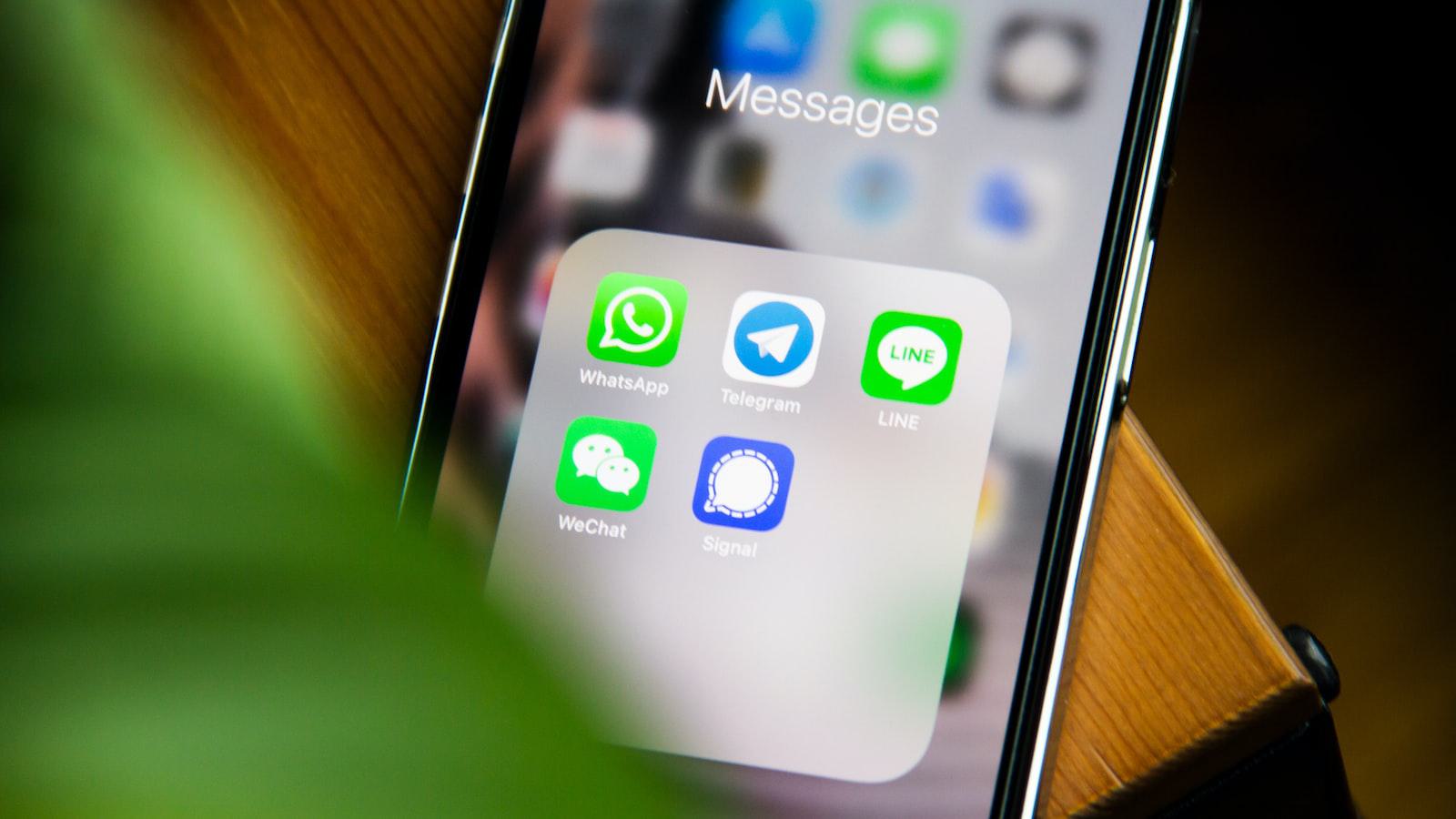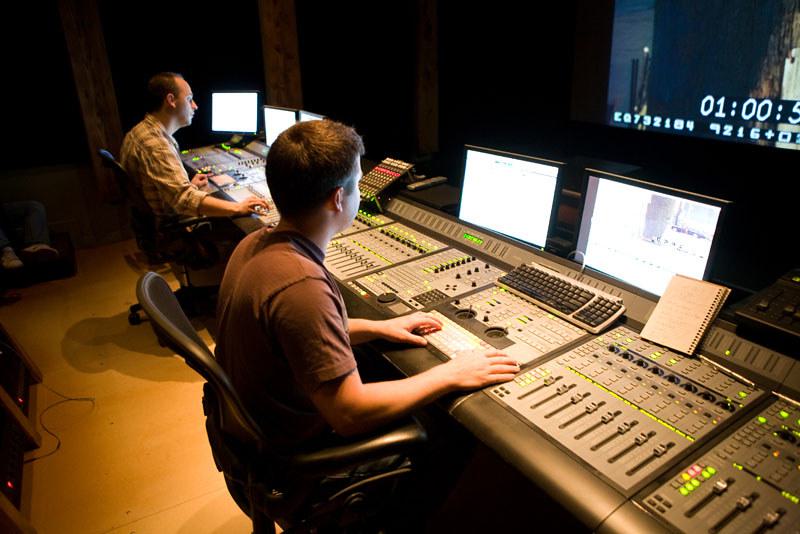If you’re looking to take your DJing to the next level, it’s time to learn about external effects processors. Imagine the impact of adding innovative sound textures to your performances that can create a truly unique experience for your audience. With the proper setup, it’s easy to learn how to DJ with external effects processors and add the wow factor to your events. So let’s get started and explore the exciting world of mixing with effects!
1. Understand the Basics of External Effects Processors
External effects processors are invaluable for enhancing the sound of your tracks. It’s important to first understand the basics of these devices, what makes them different and how they fit into your music-making workflow.
The primary types of effects processors are Reverb, Delay, Chorus and Compression. Each of these can be used to shape your sound and create certain atmosphere.
- Reverb is used to simulate the tones of different rooms and spaces. It creates a sense of ambiance and depth.
- Delay is used to create bunching of tones, adding a buzzing or robotic sound to the track.
- Chorus is a modulating effect which takes the source signal and creates multiple copies with slightly altered pitches.
- Compression is used to even out the dynamics of a track. It is frequently used to boost the loudness of the track without making it sound distorted.
Experimenting with these effects processors is the key to achieving the right sound for your track.

2. Explore Different Signal Routing Techniques
Build your Base Knowledge
A thorough understanding of signal routing is essential to producing great sounding audio. To begin, familiarize yourself with the different signal routing techniques available and the purpose they serve. Understand the basics of signal flow environments and how to configure your audio tools to achieve the desired effect. Look into Create-Insert-Send-Return routing and Master-Auxiliary routing. Learn how to use parallel and serial routing protocols, reconsile between mono and stereo audio, and explore the world of sidechaining.
Try and Experiment!
With your base knowledge in check, it’s time to program your own signal routing process. Spend some time following the signal flow from start to finish employing the techniques you’ve learned. Experiment by trying different configurations of events, and make note of the different outcomes. Utilize the four basic steps of digital signal flow — generation, condition, mix and output. Try new combinations and find out what works for you. Once you have a system that works and satisfies your production needs, you’ll be ready to trade your records for the world to hear.
3. Get Creative with Your Sound Design
As you dive into the world of sound design, you’ll quickly realize that the creative possibilities are as infinite as your imagination. To unlock the hidden potential of sound, you’ve got to start stretching your creative limits.
- Replace Unusual Sounds with Unconventional Instruments: Look around your home for objects you can experiment with and substitute for traditional instruments. A metal kitchen spoon and a pot might not sound like instruments at first, but with some creative manipulation, you can turn these everyday objects into music.
- Find Interesting Samples and Experiment: Listen to samples of sound and see what kind of musical or sonic transformation you can create. Dedicate some time to paring samples with each other and invent your own unique soundscape.
- Change Your Space: You can discover different sounds by changing the environment. Take your recording equipment to different locations and explore how sounds take on new properties in different surrounds.
By experimenting in unconventional ways, you can get to the heart of sound design and develop a sonic palette that’s truly unique. Embrace your imagination and let it lead the way.

4. Make the Transition to Live Performance Easier
- Practice, practice, practice - When transitioning from the studio to the stage, practice is key. By rehearsing in similar conditions to the live performance, you can anticipate any potentially difficult parts of the show. This will also help you build confidence in your ability to perform live and ensure a smoother transition.
- Make the technical side easier – To make sure you give the best possible performance on the day, make sure you have the technical side completed the day before. Familiarise yourself with any equipment you’ll be using on the day, such as a microphone or soundboard. Test any cameras that will be used to stream your performance and make sure you have all the proper cables so you don’t have any last-minute panic.
It is also helpful to have familiar songs ready. This will help you stay in control if you forget the lyrics or become overwhelmed with nerves. Take time to work on the technical details of your songs, such as the timing of a particular bridge, or the order your songs will be performed in. This will help you be more comfortable and confident about the transitions while performing live.
Familiarise yourself with the venue and any audience that might be present. Work out what the best way will be to engage with your audience, ranging from simple waves to providing them with fun visuals, and make sure to have fun! Rehearsing in front of your family or friends can also be useful to get used to performing in front of an audience and alleviate any feelings of nervousness you might have.
The Way Forward
For those ready to take their mixing skills to the next level, mixing with external effects processors is quickly becoming the go-to technique. From capturing the sounds of the past to experimenting with new sounds, using external effect processors is sure to open the door to a world of possibilities. So, dust off those audio gears and get on that journey—you never know where it`ll take you.

